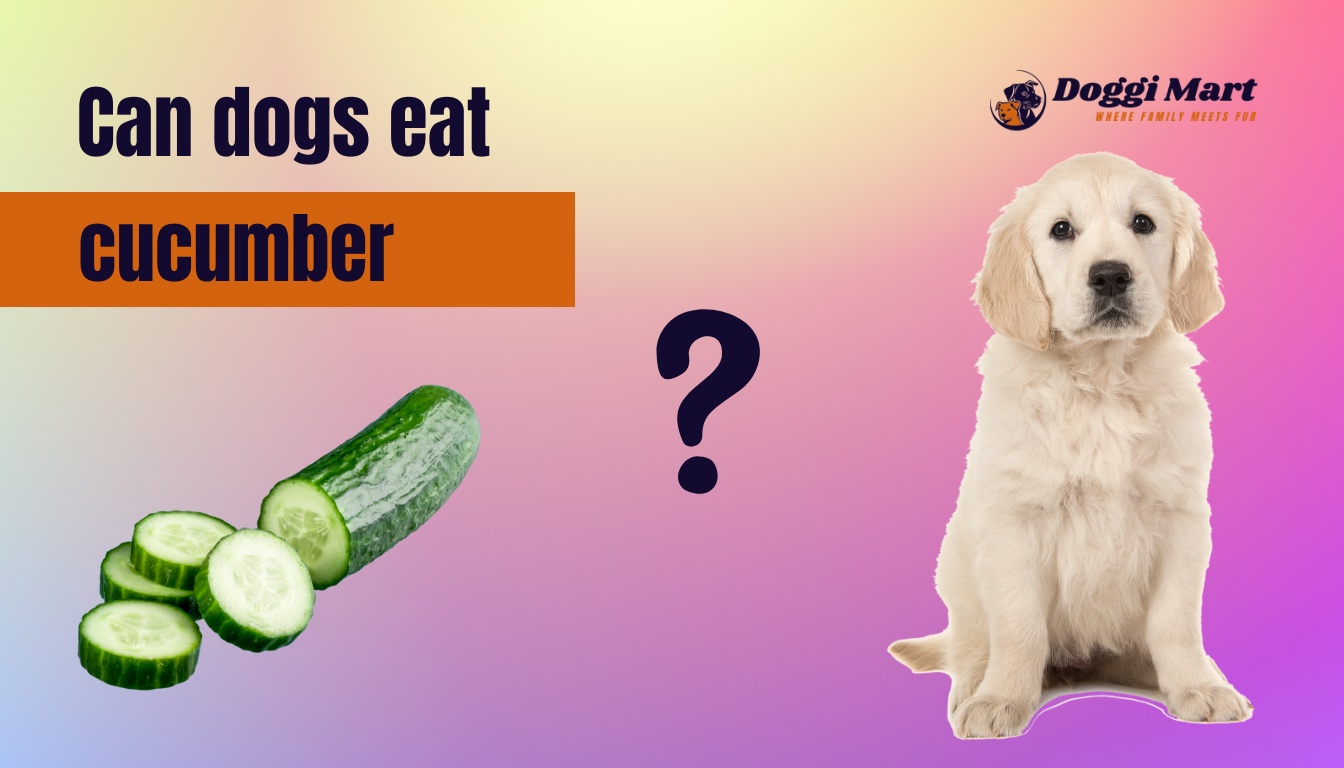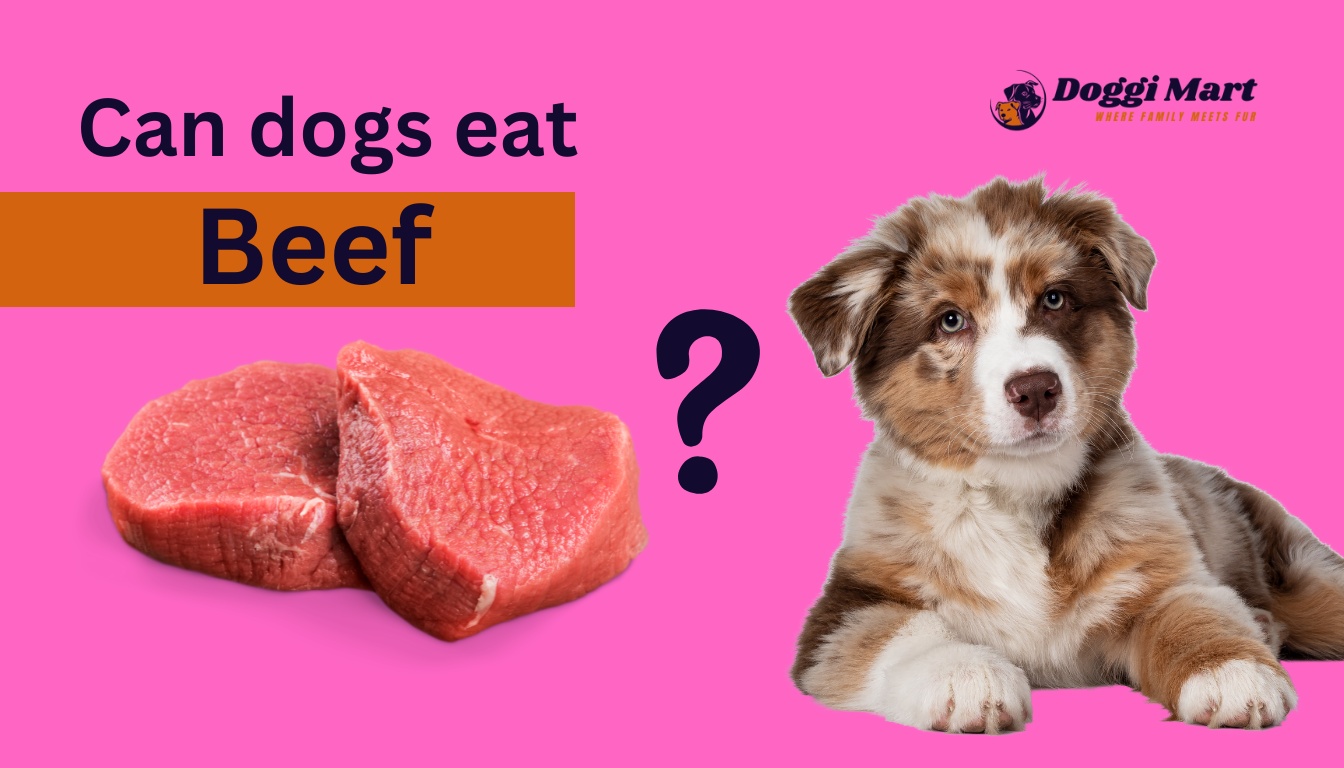
Corn is one of the most popular grains in human diets, but can our furry friends enjoy it too? The simple answer is yes, dogs can eat corn. However, there are some important factors to consider before sharing this snack with your pet. In this article, we’ll explore the benefits, risks, and best ways to feed corn to your dog, ensuring you have all the information you need to make safe and informed decisions.
Is Corn Safe for Dogs?
Corn is generally safe for dogs to eat in moderation. It contains essential nutrients and can be a healthy addition to their diet when served properly. However, not all forms of corn are suitable for dogs. For instance, buttered or salted corn can cause digestive issues, and corn on the cob poses significant health risks.
Benefits of Corn for Dogs:
- Rich in carbohydrates: Provides energy, which is essential for active dogs.
- Contains fiber: Aids in digestion and helps maintain regular bowel movements.
- Packed with vitamins: Includes B vitamins for metabolism and vitamin C to boost immunity.
- Low in fat: Supports a balanced diet for weight management.
- Contains antioxidants: Protects cells from damage and supports overall health.
Additionally, corn is a cost-effective ingredient often found in commercial dog foods, making it a familiar and accessible option for many pet owners.
Nutritional Value of Corn
Corn is more than just a filler; it provides several nutritional benefits that can contribute to your dog’s overall well-being.
| Nutrient | Benefit for Dogs |
| Carbohydrates | Supplies quick energy for active dogs. |
| Dietary Fiber | Promotes healthy digestion and gut health. |
| Vitamin B Complex | Supports metabolism, energy production, and brain function. |
| Vitamin C | Strengthens the immune system and fights off illnesses. |
| Magnesium | Aids in muscle and nerve function. |
| Antioxidants | Protects cells and supports longevity. |
Corn is also naturally low in fat and sodium, making it a heart-healthy choice for dogs who need to watch their weight or have specific dietary restrictions.
Types of Corn Dogs Can Eat
Not all forms of corn are safe for dogs. Understanding the differences can help you avoid potential hazards and ensure your pet enjoys corn safely.
Safe Types:
- Cooked Corn Kernels: Plain, boiled, or steamed kernels are the safest way to serve corn.
- Canned Corn: Opt for unsalted varieties without added preservatives or seasonings.
- Frozen Corn: Thawed and served plain, frozen corn retains its nutrients and crunchy texture.
Unsafe Types:
- Corn on the Cob: The cob is indigestible and can cause choking or intestinal blockages.
- Buttered Corn: High in fat, butter can upset your dog’s stomach.
- Salted or Seasoned Corn: Excessive sodium and spices are harmful and can lead to dehydration or toxicity.
By sticking to plain, cooked corn, you can avoid these risks and provide a nutritious treat for your pet.
How to Safely Serve Corn to Dogs
To ensure your dog can safely enjoy corn, follow these practical tips:
1. Cook Thoroughly
Cooking softens the corn and makes it easier to digest. Boil or steam the kernels without adding any seasonings or oil.
2. Remove the Cob
Never serve corn on the cob. While the kernels are safe, the cob can cause choking, especially in smaller dogs.
3. Serve Plain
Avoid butter, salt, or spices, as they can irritate your dog’s digestive system or be toxic.
4. Portion Control
Give small amounts of corn to avoid overwhelming your dog’s stomach. Monitor their reaction after serving to ensure they tolerate it well.
How Much Corn Can Dogs Eat?
Corn should be given in moderation and as an occasional treat. A good rule of thumb is to limit corn to no more than 10% of your dog’s daily caloric intake. Overfeeding can lead to digestive issues or weight gain.
| Dog Size | Amount of Corn |
| Small Dogs (5-15 lbs) | 1-2 tablespoons of cooked kernels. |
| Medium Dogs (15-40 lbs) | 2-4 tablespoons of cooked kernels. |
| Large Dogs (40+ lbs) | Up to half a cup of cooked kernels. |
By sticking to these guidelines, you can provide a safe and enjoyable snack without disrupting their regular diet.
Potential Risks of Feeding Corn to Dogs
Although corn is safe for dogs in moderation, there are some risks to consider:
1. Choking Hazard
Corn on the cob is a significant choking hazard, especially for small dogs or those who tend to gulp their food.
2. Allergic Reactions
While rare, some dogs may be allergic to corn. Common symptoms include:
- Excessive itching or scratching.
- Vomiting or diarrhea.
- Swelling around the face or paws.
- Lethargy or lack of appetite.
3. Digestive Issues
Overfeeding corn can cause gas, bloating, or diarrhea, particularly in dogs with sensitive stomachs.
Also Read: Can dogs eat apples?
Can Puppies Eat Corn?
Yes, puppies can eat corn, but extra care is needed. Their digestive systems are still developing, so it’s important to:
- Start with very small portions.
- Ensure the corn is thoroughly cooked and plain.
- Monitor for any adverse reactions, such as vomiting or changes in stool.
- Gradually introduce corn as part of a balanced diet.
Always consult your veterinarian before offering new foods to your puppy.
Alternative Healthy Treats for Dogs
If your dog enjoys corn, consider offering these other nutritious and dog-safe options:
| Treat | Benefits |
| Carrots | Crunchy and rich in Vitamin A, supports eye health. |
| Green Beans | Low-calorie and high in fiber. |
| Apples | Provides fiber and Vitamin C; remove seeds. |
| Blueberries | Packed with antioxidants for overall health. |
| Sweet Potatoes | Rich in vitamins and easy to digest. |
| Zucchini | Hydrating and low in calories. |
These options add variety to your dog’s diet while delivering essential nutrients.
Signs Your Dog Shouldn’t Eat Corn
Some dogs may not tolerate corn well. If you notice any of the following symptoms after feeding corn, discontinue immediately and consult your veterinarian:
- Persistent vomiting or diarrhea.
- Excessive gas or bloating.
- Skin irritation or redness.
- Unusual behavior, such as lethargy or restlessness.
These signs may indicate an allergy or digestive sensitivity.
Fun Ways to Serve Corn to Dogs
Make corn a fun and engaging treat by trying these creative ideas:
- Corn Pops: Mash cooked corn kernels into small balls and freeze them for a refreshing snack.
- Frozen Corn Treats: Blend plain corn with dog-safe yogurt, then freeze in molds.
- Vegetable Medley: Mix corn with carrots, green beans, or peas for a colorful and nutritious side dish.
- Corn Toppers: Sprinkle plain corn kernels over your dog’s regular kibble for added texture and flavor.
Conclusion
Dogs can safely enjoy corn as a tasty and nutritious treat when served properly. It’s low in fat, rich in essential nutrients, and provides a satisfying crunch. By following the guidelines outlined in this article, you can share corn with your furry friend while avoiding potential risks.
Always introduce new foods gradually and watch for any signs of discomfort or allergies. Consult your veterinarian if you have concerns about adding corn to your dog’s diet. When served correctly, corn can be a delightful addition to your dog’s occasional treats, keeping them happy and healthy.
Also Read: Can Dogs Eat Pineapple? A Complete Guide for Pet Owners




















